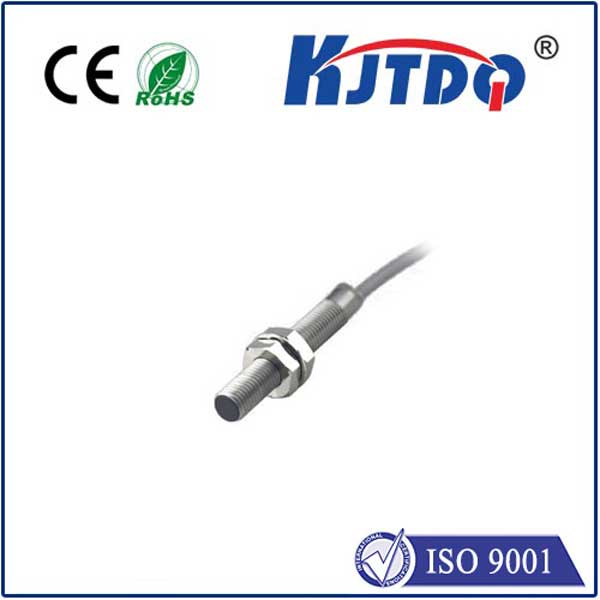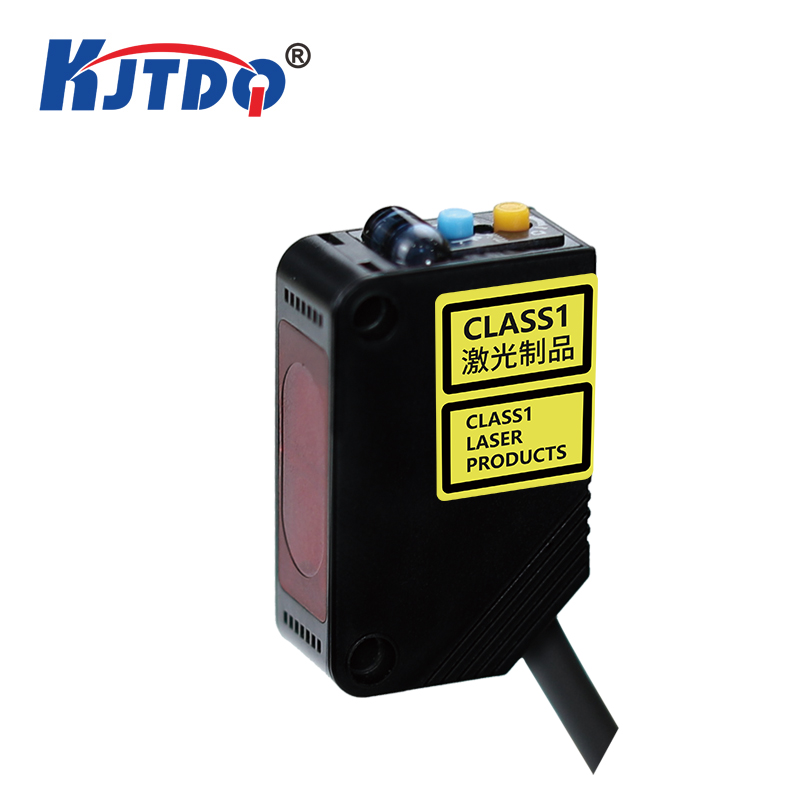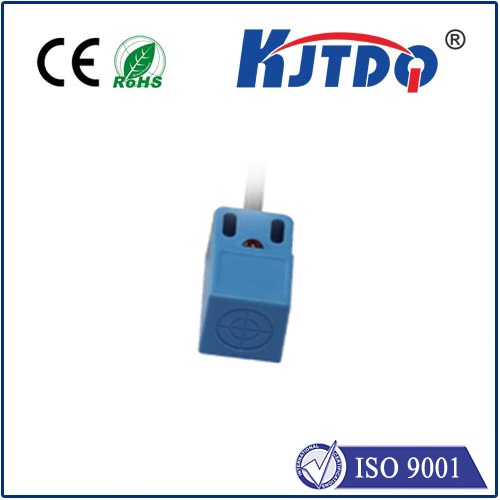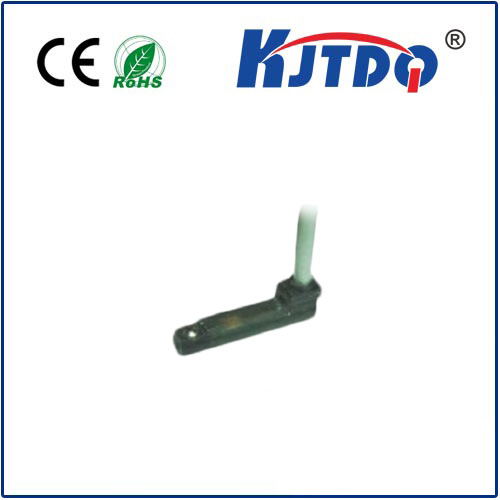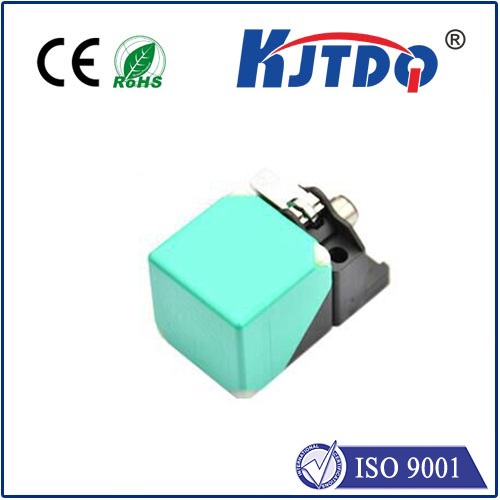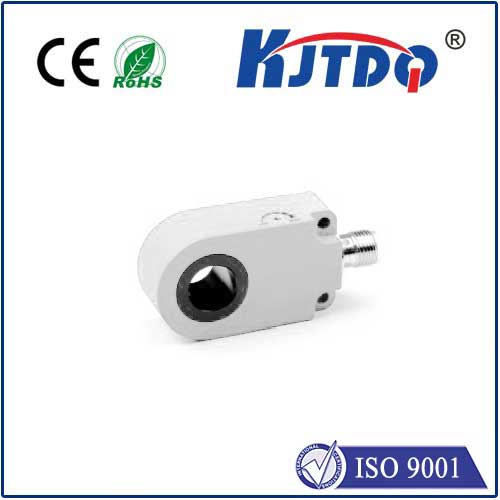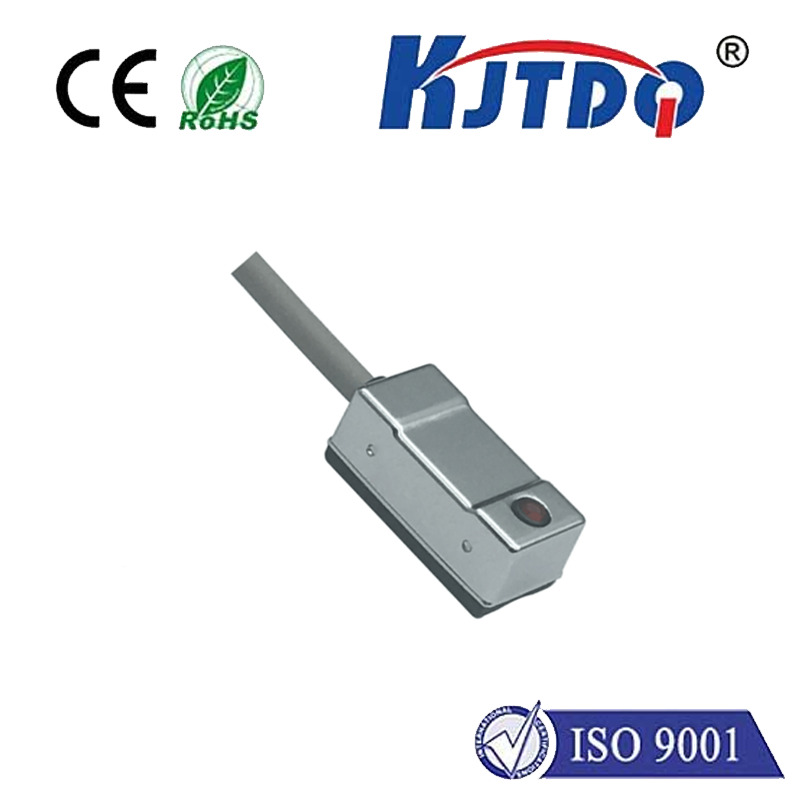pin diode rf limiter
- time:2025-07-31 01:25:47
- Нажмите:0
The Guardian Shield: How PIN Diode RF Limiters Protect Your Electronics
Imagine delicate electronic circuits facing an unexpected surge of radio frequency (RF) energy – like a whisper battling a hurricane. Such power spikes, whether from nearby transmitters, lightning strikes, or even internal malfunctions, can instantly cripple sensitive receivers and costly components. This is where the unassuming PIN Diode RF Limiter steps in, acting as an essential electronic guardian. This article delves into the workings and critical importance of these devices in safeguarding modern RF systems.
Understanding the Core: The PIN Diode
To grasp the limiter, we must first understand its central element: the PIN diode. Unlike standard PN junction diodes, a PIN diode features a unique structure:
- P-region: Heavily doped positive semiconductor material.
- I-region (Intrinsic): A crucial, lightly doped or nearly intrinsic semiconductor layer, significantly wider than in standard diodes.
- N-region: Heavily doped negative semiconductor material.
This I-region is the key to the PIN diode’s exceptional behavior at RF frequencies. When reverse-biased, it acts like a nearly perfect insulator, presenting a very high impedance – ideal for allowing low-power signals to pass through with minimal loss (low insertion loss). Under high forward bias, it conducts efficiently. However, its most critical behavior for limiting occurs under high incident RF power, even without an external DC bias.
The RF Limiter Mission: Blocking the Surge

An RF Limiter is a passive circuit designed to automatically clamp high-power signals while offering minimal disruption to low-power signals passing through. Its primary mission is protecting sensitive components, primarily receiver front-ends (LNA - Low Noise Amplifiers) and mixer stages, from damage caused by overload. This protection is vital in systems like radar (where powerful transmit pulses could leak back into the receiver), communication transceivers, and sensitive test equipment.
PIN Diode Limiter: The Protection Mechanism
So, how does a PIN diode function as the core of an RF limiter? The magic lies in its response to high RF power levels:
- Low Power State: When the incident RF signal is weak (below the limiting threshold), the PIN diode is essentially “off” or exhibits very high impedance. In this state, the limiter circuit has a minimal effect on the signal, allowing it to pass through to the protected components with only slight attenuation. This maintains the system’s sensitivity.
- High Power Trigger: When a strong RF signal arrives, its RF voltage becomes large enough to overcome the diode’s inherent barrier potential. This effectively forward-biases the PIN diode junction using the RF energy itself, even without an external DC bias.
- Activation & Clamping: As the PIN diode starts conducting due to this RF-induced forward bias, its impedance drops dramatically. This low-impedance state, strategically placed in the circuit (often in shunt configuration), creates two critical protective actions:
- Reflection: A significant portion of the incoming high-power RF energy is reflected back towards the source.
- Absorption: Another portion of the energy is absorbed by the PIN diode itself (and converted to heat).
- Result: The combined effect of reflection and absorption drastically reduces the amount of RF power reaching the sensitive downstream components, clamping it to a safe level – the limiting level.
- Fast Recovery: Once the high-power incident signal disappears or drops below the threshold, the PIN diode rapidly returns to its high-impedance state, allowing normal low-power signal flow to resume almost immediately. Its relatively slow reverse recovery time (compared to standard diodes) actually benefits limiter performance by smoothing the limiting action and preventing rapid switching artifacts.
Why PIN Diodes Excel in RF Limiting
PIN diodes offer distinct advantages that make them highly suitable for RF limiter applications:
- Fast Response: Their ability to transition from high to low impedance based purely on the RF signal amplitude provides nanosecond-level response times – crucial for protecting against sudden transients.
- High Power Handling: The wide I-region allows them to withstand and dissipate significant levels of transient RF power.
- Excellent Linearity (in low-power state): They introduce minimal distortion to the signals they are meant to pass through unimpeded.
- Reliability: Solid-state construction offers robust and long-lasting protection under normal operating conditions.
- Self-Acting: Most PIN diode limiters operate purely based on the incident RF power, requiring no external control signals.
Crucial Performance Parameters
Designers selecting PIN diode limiters focus on key specifications:
- Threshold Power: The input power level at which limiting starts to become significant (often defined where insertion loss increases by 1 dB).
- Insertion Loss (Low Power): How much the limiter attenuates signals below the threshold. Lower is better for receiver sensitivity.
- Flat Leakage / Limiting Level: The clamped power level delivered to the protected device during a high-power incident. Lower leakage offers better protection.
- Isolation / Attenuation (Limiting State): The amount of attenuation provided by the limiter when triggered (e.g., 20 dB, 30 dB). Higher attenuation means more effective protection.
- Recovery Time: How quickly the limiter returns to low loss operation after the high-power signal is removed.
- Power Handling: The maximum incident RF power pulse energy the limiter can survive without damage.
Where the Protection is Paramount
PIN diode RF limiters are indispensable guardians across numerous applications:
- Radar Systems: Protecting ultra-sensitive radar receivers from powerful transmit pulses (T/R modules heavily rely on them).
- Communication Transceivers (Military & Commercial): Shielding receivers during transmit/receive switching or from nearby high-power transmitters.
- Electronic Warfare (EW) Systems: Safeguarding receivers against deliberate jamming signals.
- Test & Measurement Equipment: Protecting spectrum analyzer front-ends and network analyzer ports from accidental overloads.
- Satellite Communication Ground Stations: Shielding sensitive LNB/LNA inputs.
- Base Station Receivers: Guarding against nearby mobile transmitter overload or lightning-induced surges.
The Vital Electronic Safeguard
The PIN Diode RF Limiter is a perfect example of elegant engineering solving a critical problem. By leveraging the unique properties of the PIN diode – particularly its wide I-region and its ability to be biased by the RF signal itself – these components provide fast, automatic, and robust protection against destructive power surges. From enabling radar systems to function reliably to ensuring your wireless base station stays online during a storm, they operate silently in the background. Understanding their role as the self-activating RF power clamp is fundamental for anyone designing, deploying, or maintaining systems where preserving the integrity of sensitive RF electronics under unpredictable conditions is non-negotiable. They are the essential guardian shield embedded within the heart of modern RF architecture.







